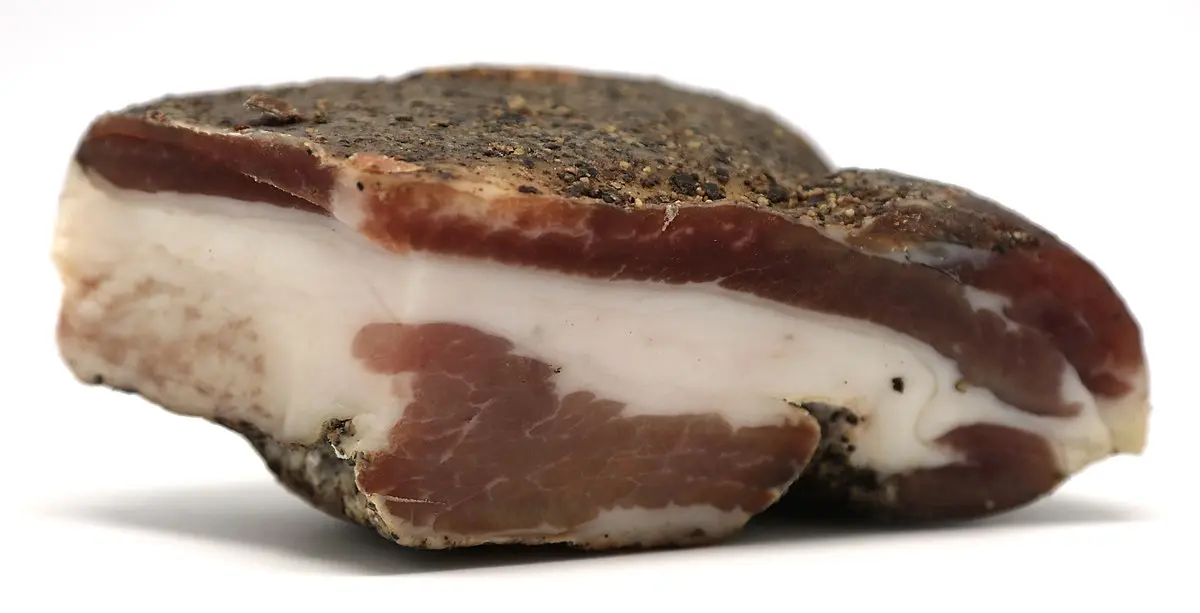If you've ever wondered why your New Year's black-eyed peas and collard greens taste so good, the secret ingredient is likely hog jowl. This inexpensive cut of meat packs a punch of rich flavor and has a texture similar to bacon. Known as guanciale in Italian cuisine, smoked jowl is a versatile ingredient that can be used in various dishes to add depth and complexity. In this article, we will explore what makes hog jowl so special, how to prepare it, and why it is a popular choice for New Year's feasts.

What is Hog Jowl?
Hog jowl is the cheek of the hog, a cut of meat that is often smoked and cured. It is known for its rich marbling and tender texture when cooked. Unlike other cuts of pork, the jowl muscle is not heavily used by the hog, resulting in a silkier texture and sweeter flavor. It is usually attached to a rind of skin, similar to pork belly, which can be removed if desired. Hog jowl can be sliced like bacon or used as a seasoning agent in dishes like black-eyed peas, collard greens, and cornbread.
How to Prepare Hog Jowl
When purchased from the store, hog jowl is typically already smoked and cured. However, if you prefer to prepare it yourself, you can braise, sear, grill, or slow-cook raw hog jowl. It can be used as a substitute for ham hocks in soups, fried up for breakfast like bacon, or added to dishes like Hoppin' John for extra flavor. It is important to note that hog jowls are high in fat and calories, so they should be used in moderation.
Why Include Hog Jowl for New Year's?
Hog jowls have long been a part of traditional New Year's Day feasts, symbolizing health and wealth in the coming year. Pigs have been associated with prosperity for centuries, as having a supply of fatty meat meant survival during cold winters. In the American South, the high-fat content and rich flavor of hog jowls represent wealth and abundance. In other cultures, such as China, Germany, Norway, and Denmark, pork jowls are also considered lucky and are used in various New Year's dishes and traditions.
The Difference Between Jowl and Bacon
Jowl can be considered a close cousin to bacon, but there are some differences in composition and appearance. While bacon is seasoned and smoked, jowl is typically not seasoned or smoked. Jowl has larger and fewer layers of fat and meat compared to bacon, and it may contain arteries or sections of skin pigmentation. However, in terms of taste, jowl and bacon are quite similar and can be used interchangeably in recipes that call for sliced pork belly.
What is Cured Pork Jowl Called?
In Italian cuisine, cured pork jowl is known as guanciale. It is prepared by rubbing pork cheek with salt and spices, such as black or red pepper, thyme or fennel, and sometimes garlic. The cured jowl is then aged for several weeks until it loses about 30% of its original weight. Guanciale has a stronger flavor compared to other pork products like pancetta and has a delicate texture. It is commonly used in pasta dishes like spaghetti alla carbonara and sauces like sugo all'amatriciana.

Smoked jowl, also known as guanciale, is a flavorful and versatile cut of meat that adds richness to a variety of dishes. Whether used in traditional Southern recipes or in Italian cuisine, hog jowl brings a unique taste and texture that is beloved by many. So, consider adding smoked jowl to your grocery list and give it a try in your favorite recipes. You might just discover a new favorite ingredient that elevates your dishes to new heights of flavor.
If you want to know other articles similar to Smoked jowl: a versatile ingredient for flavorful dishes you can visit the Ingredients category.


Related Articles